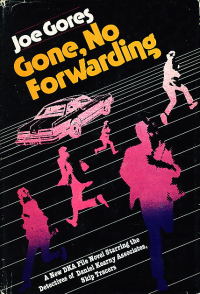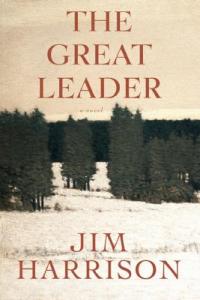The Cat's Table by Michael Ondaatje
 Saturday, October 8, 2011 at 6:11PM
Saturday, October 8, 2011 at 6:11PM 
Published by Knopf on October 4, 2011
At the age of eleven, Michael boards an ocean liner bound for England. With his friends Cassius and Ramadhin, he explores the ship and befriends eccentric passengers: Mr. Fonseka, a literature teacher from Colombo who displays the "serenity and certainty" Michael has observed "only among those who have the armor of books close by"; Mr. Daniels, who has transformed a section of the hold into an exotic garden; the musician and blues fan Max Mazappa; an Australian girl who greets the dawn by roller skating fiercely around the deck; Miss Lasqueti, a woman with a surprising, hidden background who is traveling with dozens of pigeons; a hearing impaired Singhalese girl named Asuntha, and others. "Simply by being in their midst," the boys are learning about adults, including those assigned to sit with them at the low-status Cat's Table, situated at the opposite end of the dining room from the Captain's Table. Michael's other lessons include his first fleeting experience with love and desire, as well as a taste of European racism, both subtle and (particularly in the case of the ship's captain) overt.
Two other passengers Michael knows only by sight. Sir Hector de Silva, a wealthy but ill passenger in Emperor Class accommodations, has bad luck with dogs, perhaps because a spell was cast upon him. At the opposite end of the social spectrum is a prisoner, rumored to be a murderer, whose midnight strolls on the deck -- closely guarded and in chains -- the concealed boys observe with fascination.
Michael Ondaatje keeps all these characters in motion like a master juggler. They are a fascinating bunch, and Ondaatje weaves them in and out of the narrative while maintaining a perfectly balanced pace: not so quick that the story whizzes by without time to appreciate its nuances; not so deliberate as to lose its energetic force.
At its midway point, the novel skips ahead from the 1953 voyage to events that occur twenty years later in Michael's life, events that trigger memories of the friends with whom he bonded on that formative journey. Although the writing in that section is exceptionally strong and quite moving, it has an out-of-joint feel, particularly when the flash forward ends and the voyage resumes. Subsequent interruptions to tell the reader of future events are shorter and more seamlessly integrated into the narrative. Eventually those passages become essential to the story; they complete it. Ondaatje writes: "Over the years, confusing fragments, lost corners of stories, have a clearer meaning when seen in a new light, a different place." The perspective that Michael gains with time, after reconnecting with individuals he met on the voyage, permits him (and thus the reader) to reinterpret events that occurred on the ocean -- particularly a moment of drama that becomes the story's nucleus, and that Michael can only understand fully many years later. For that reason, although The Cat's Table could be viewed as a coming of age novel, I think Ondaatje is suggesting that we spend our lifetimes coming of age -- that is, acquiring the wisdom and perspective of adulthood.
There is a restrained, graceful elegance to Ondaatje's prose that every now and then made me stop, blink, and reread a beautifully composed sentence or paragraph. He writes with affection of dogs and artists, of the needy and of those who give selflessly of themselves. This is a marvelously humane novel that works on a number of levels, but most of all, it is a joy to read.
HIGHLY RECOMMENDED



